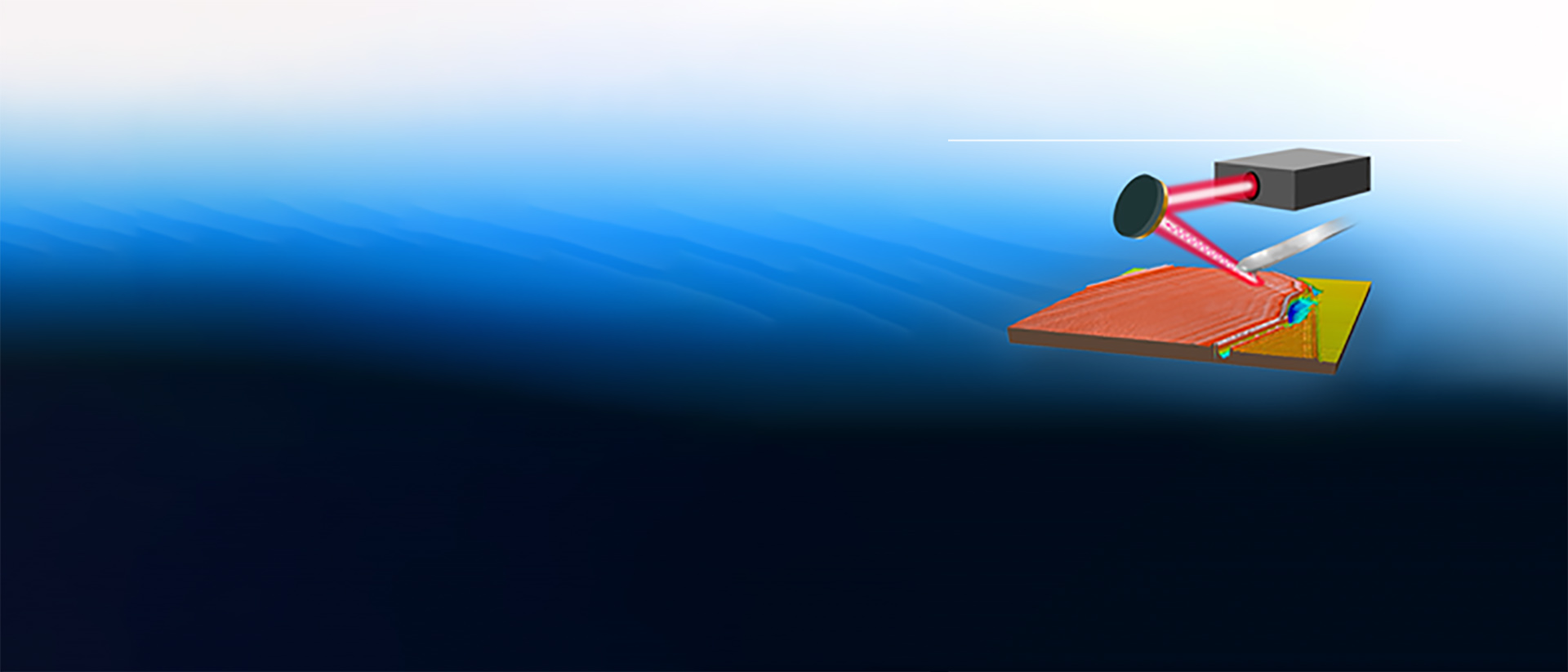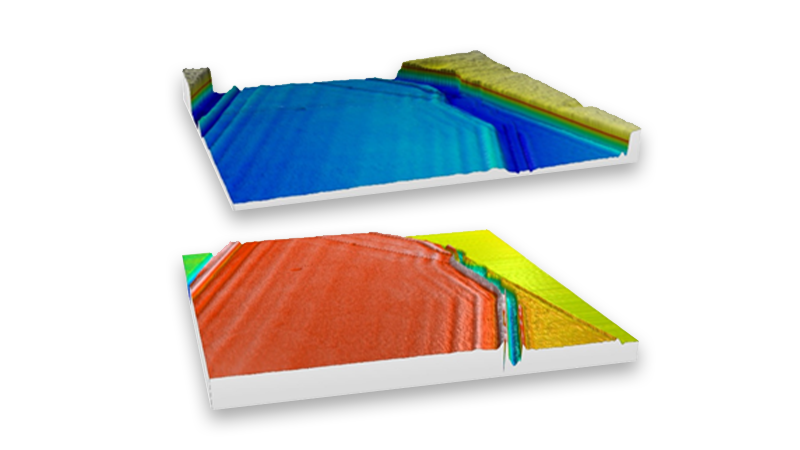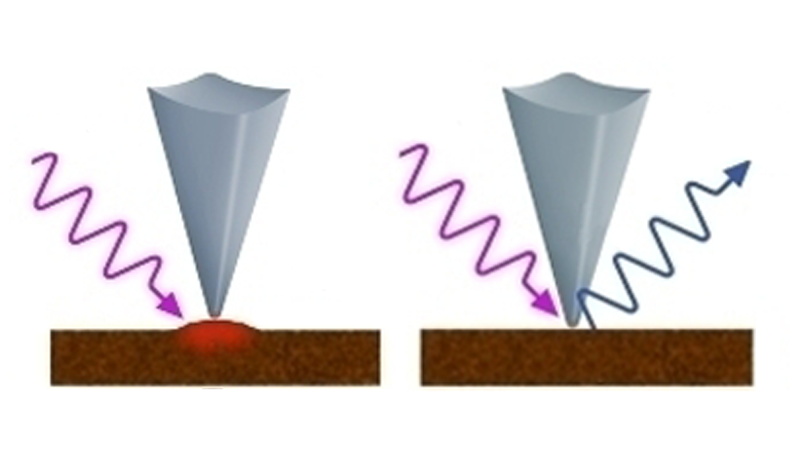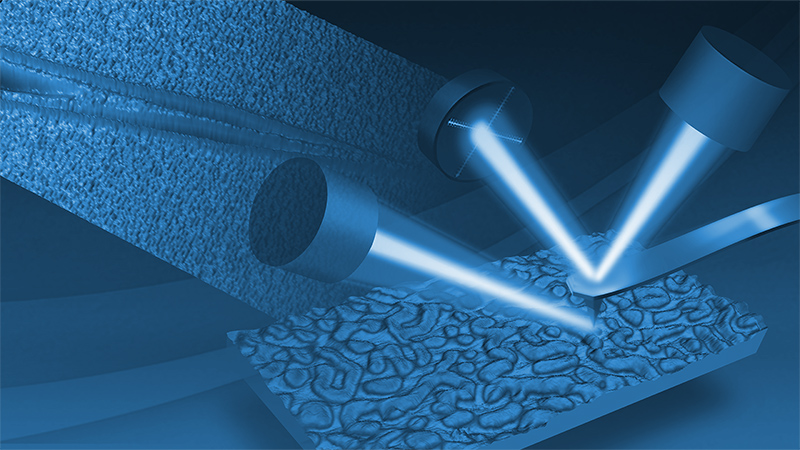

2D Material Characterization Using Photothermal AFM-IR and s-SNOM
Explore applications of photothermal AFM-IR and s-SNOM in 2D materials
In this webinar, speakers distinguish between photothermal AFM-IR and s-SNOM, presenting examples for how each can be applied in 2D materials research to gain valuable and unique insights.
Webinar Summary
This webinar addresses the distinction between photothermal AFM-IR and s-SNOM, both of which are nanoscale IR spectroscopic techniques. Along with clarifying the distinction, the presenters demonstrate the broad 2D materials applications for both AFM-IR and s-SNOM.
Physical phenomena such as surface plasmon polaritons and surface phonon polaritons in 2D materials open new opportunities for novel photonic devices through a non-invasive near-field light-matter interaction. s-SNOM provides a unique way to selectively excite and locally detect electronic and vibrational resonances in real space. AFM-IR allows for high-resolution spatial mapping of impurities and microstructural homogeneity via the detection of photothermal expansion with an AFM tip.
AFM-IR and s-SNOM are complementary techniques that can be used in a variety of ways to uniquely characterize 2D materials, providing insight into their structure-property relationships, coupling behavior, and more.
- watch part 1: Two Complementary Nanoscale IR Techniques: Photothermal AFM-IR and s-SNOM
- watch part 2: Online Demo of the nanoIR3 System - Photothermal AFM-IR
- watch part 3: Chemical Characterization of Heterogenous Polymeric Materials on the Nanoscale Using Photothermal AFM-IR
- watch part 4: Nanoscale AFM-IR Spectroscopy and Imaging for Failure Analysis of Electronic Devices
Find out more information about Bruker's solutions for nanoIR Spectroscopy:
Featured Products and Technology
Speakers
Cassandra Phillips, Ph.D.
Application Scientist, BrukerCassandra did her Ph.D. at the University of Toronto exploring the photophysics of boron nitride nanotubes using scattering scanning nearfield optical microscopy (s-SNOM) and computational models. She has been working at Bruker Nano Surfaces and Metrology since September 2019 as an Applications Scientist focusing on nanoscale IR spectro-microscopy and other correlated imaging techniques realized with atomic force microscopy.
Dr. Anirban Roy
Senior Applications Scientist
Dr. Honghua Yang
Staff Engineer
Dr. Qichi Hu, Senior Applications Scientist
Qichi is currently a Senior Staff Applications Scientist at Bruker Nano. He received a bachelor’s degree from Peking University and Ph.D. from University of British Columbia. He then did postdocs in U.S. university and national labs. Qichi has been working on nanoIR development and applications for over a decade, at Anasys and now at Bruker.


